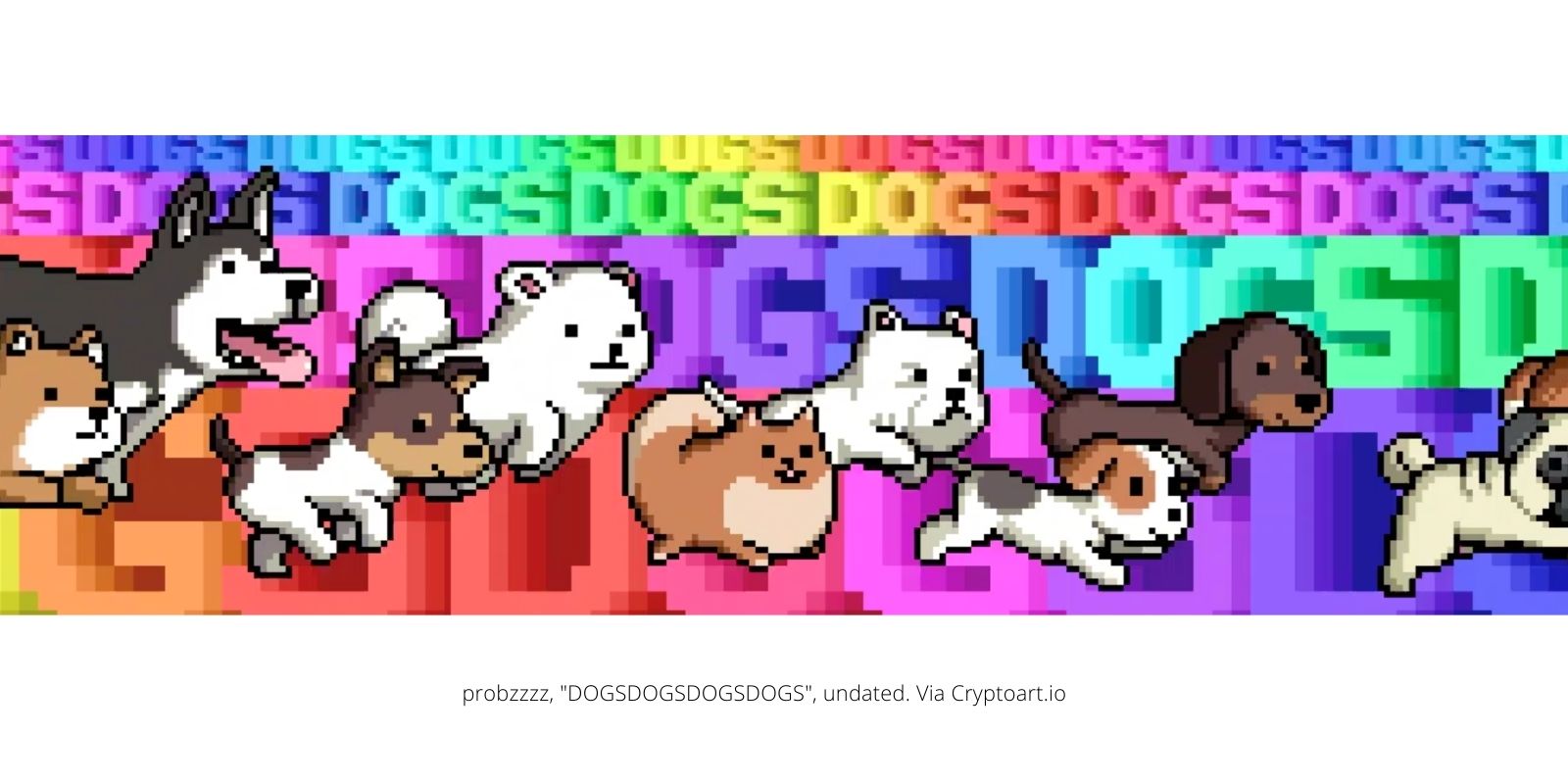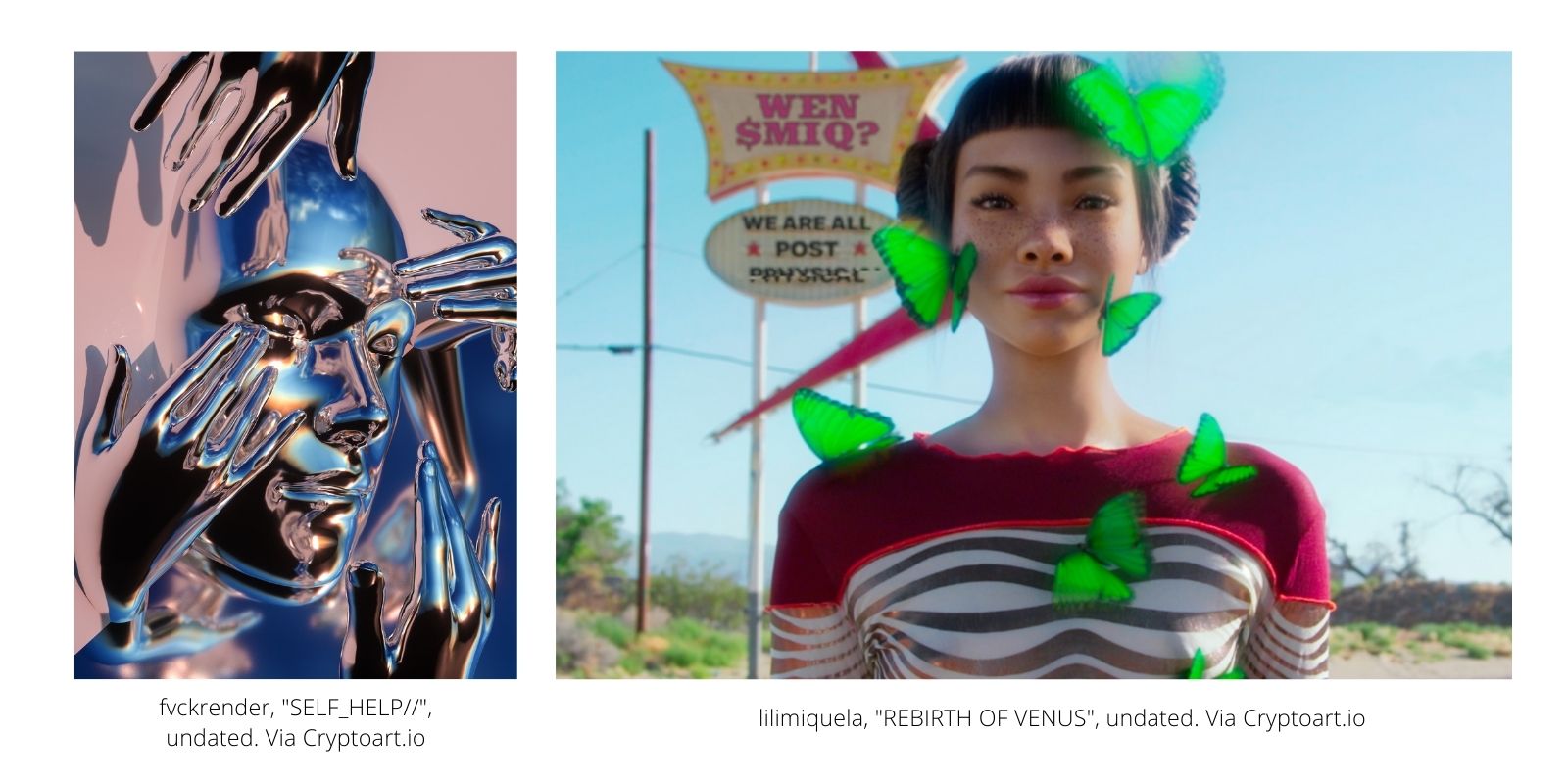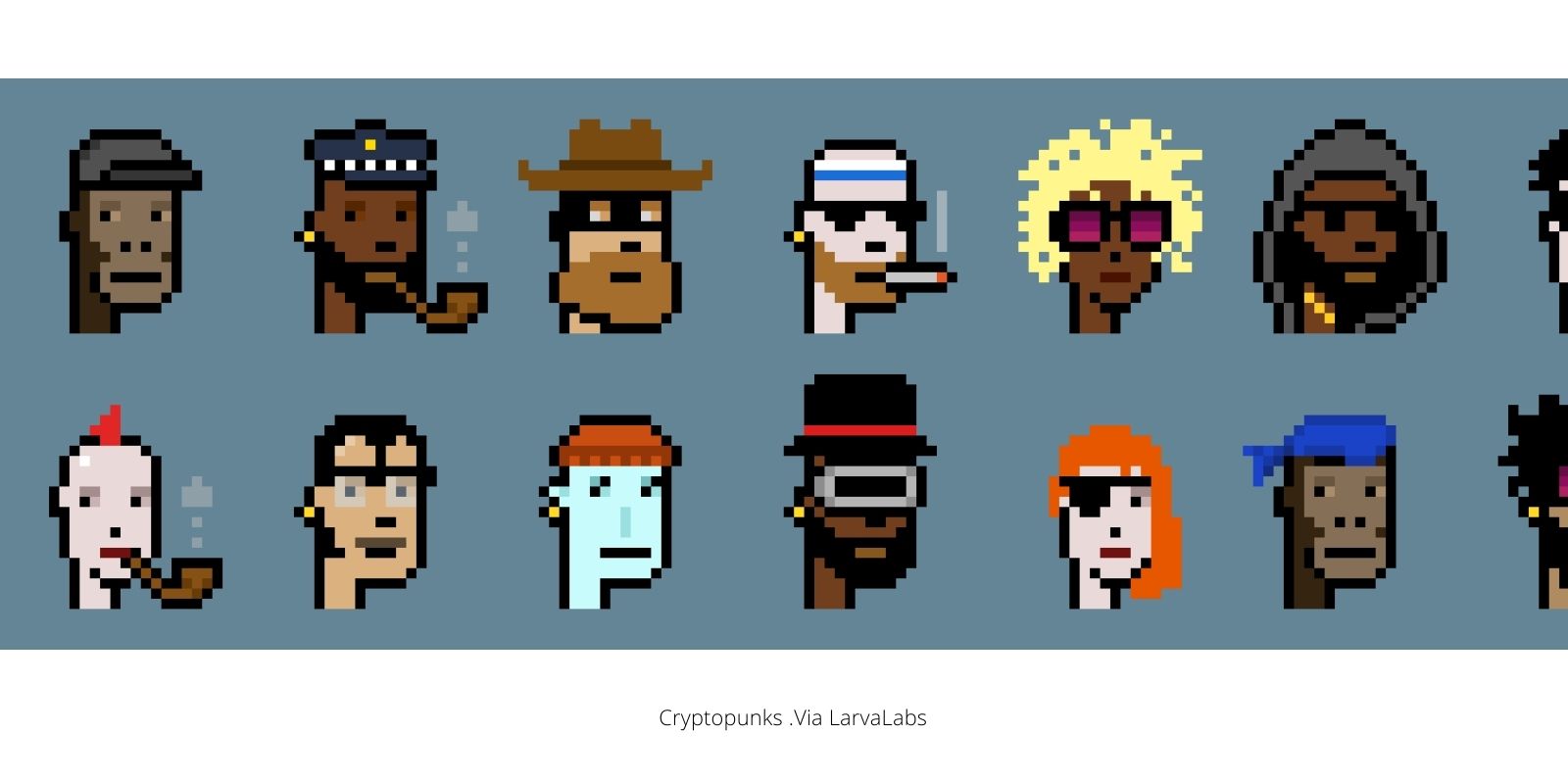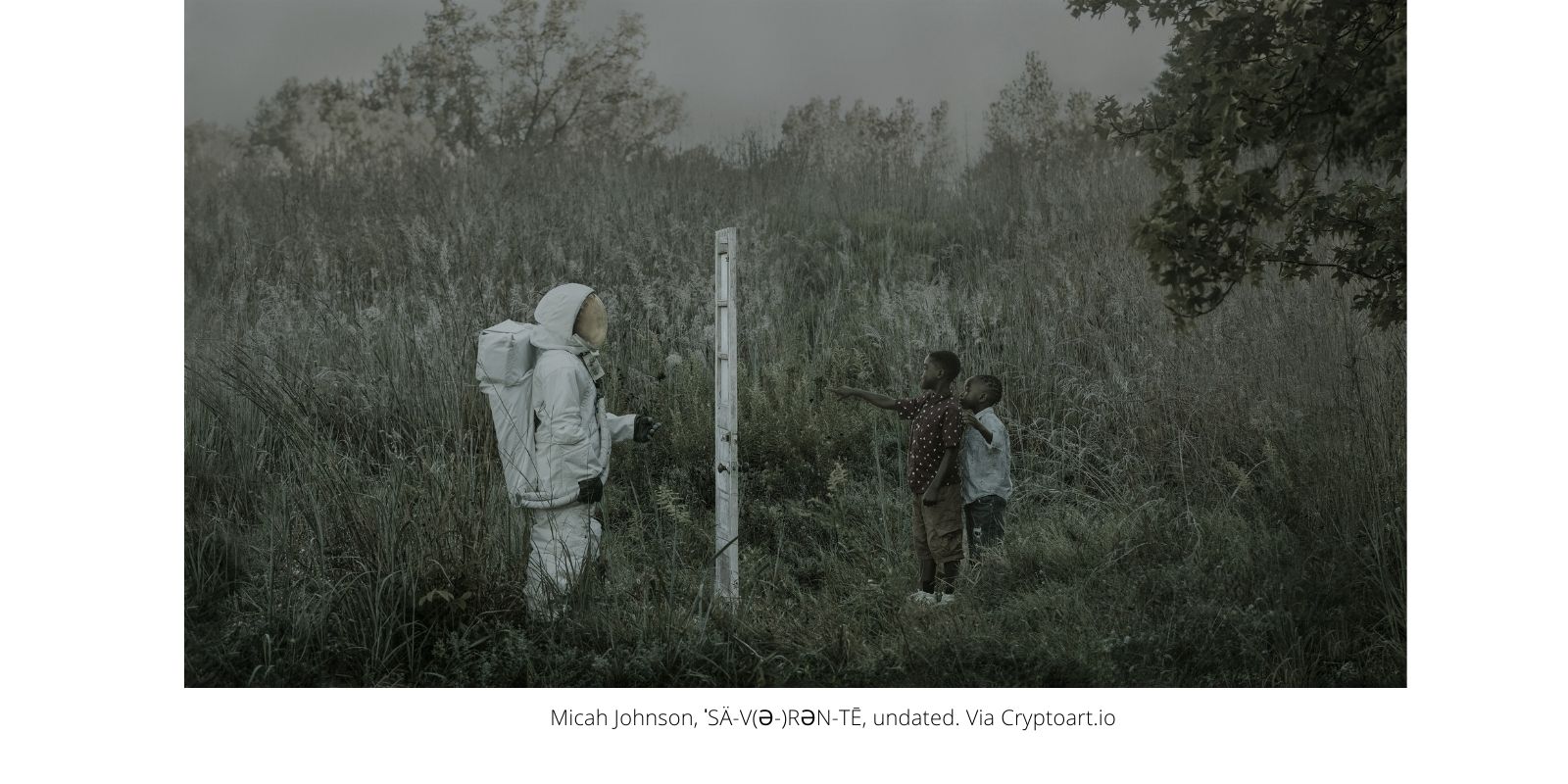NFTs storming the Art Market | Collecting NFTs: What do you get?
In the previous article of this series, we explored the implications of buying digital art to acquaint ourselves with collecting NFTs. Collecting digital art is different from collecting traditional art, and in this article we explore what you get when you buy digital artwork as an NFT.
"NFT is a process, rather than a product. To NFT something is to assign it a distinct serial number that lives on a public blockchain"
- Nic Carter, Cofounder Coinmetrics.io
An NFT, stands for 'non-fungible token', and in simple terms, it is a ‘digital card’ that mints/authenticates the underlying digital artwork by using blockchain technology. But what do you get when you buy these 'digital cards'?

There are three crucial things to have in mind.
- NFTs are decentralised
This means that the 'digital card' does not contain the artwork data (i.e. the original image or video file that is the artwork). Most of the time, the artwork is stored off-chain on a centralised server (e.g. the Interplanetary File System (IPFS)).
"Blockchains provide a coordination layer for digital assets, giving users ownership and management permission."
When buying an NFT, it acts as a unique identifier (i.e. as your passport or a barcode) for that specific artwork that you own. It allows you to track the ownership - and provenance - of the artwork as it changes hands when sold. Owning this particular NFT artwork means that you own the original of all the copies spread over the internet.

- You may not be the only owner.
The creator of a specific NFT can decide its scarcity which then functions as any limited-edition print. But there is a difference: the creator can define if he wants to sell multiple replicas of the same NFT or create a unique NFT of each replica. This will automatically influence the price and value of the artwork as any other traditional art form. Regardless of the scarcity of a specific NFT, the data will be shared across NFTs to allow each owner to verify its current and past information for one particular artwork.
- NFTs make it possible for artists to collect lifetime royalties through embedded artist resell rights
Digital art as an NFT has the capacity to embed artist resell rights, meaning the artist receives royalties every time the NFT is sold throughout its existence. This is a big difference to traditional art where the artist typically only receives a part of the sales price when the artwork is sold to the primary market (first sale). Many artists do not receive any royalties for secondary market sales (when the artwork is sold subsequently after its first release).
"At the moment, figuring out royalties is very manual and lacks accuracy – a lot of creators don't get paid what they deserve."

Let's recap the benefits and the drawbacks of collecting NFTs.
The drawbacks:
There is a massive misunderstanding around what an NFT is. It is thought of as a whole new art form when it is only a "storing" art. We also believe this is what is feeding the hype. As things are not clearly outspoken, speculators might be keen to invest in innovative and forward-thinking art forms. This speculation will result in a price increase that can potentially delegitimizing digital art's recognition as fine art.
Also, as with any other artwork, NFTs need to be taken care of. NFT files can become obsolete, you can forget login credentials, and so on, and you will no longer be able to access the file. This is called Bit rot, and it is referred to a digital item that becomes inaccessible. So, if you spend millions on your NFT, make sure you keep checking in if everything is okay.

The benefits:
The most significant innovation about NFTs is that it allows artists the resell rights, which allows the artist to make a profit throughout their life instead of being a one-off. This ensures that the artist will earn money from their record sales, for example.
The other benefit of NFTs is that it is a digital object with a certificate of authenticity built-in. Although the proof of authenticity is nothing new in the art world, NFTs are harder to forge because of their encrypted characteristics. All other traditional COA (certificate of authenticity) are accompanying paperwork outside of the actual artwork, which makes them easier to counterfeit. These digital certificates also allow you to track the history of a particular artwork until it comes to your hands.
More in-depth information about NFTs here.









